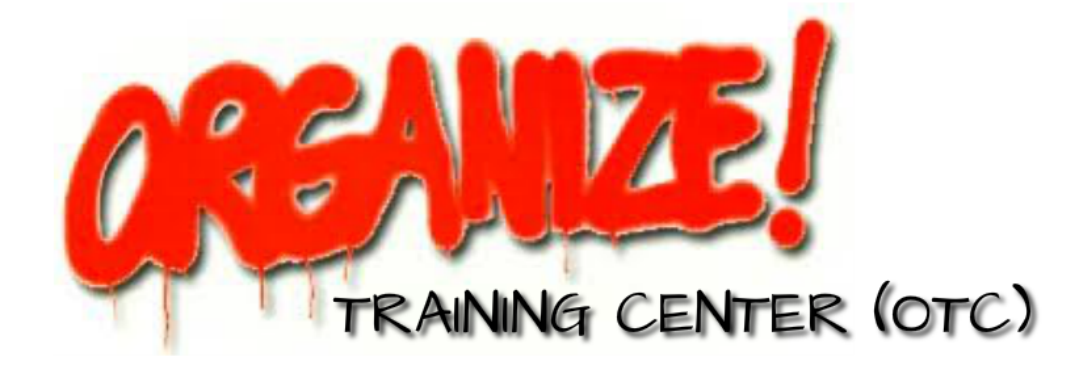|
Preface
Dr. Carol Anderson is a professor of African American history at Emory University. She was recently awarded the National Critics Circle Award for her book White Rage: The Unspoken Truth of Our Racial Divide. This is a brief commentary on Pamela Newkirk’s review* of Anderson’s White Rage, and on her 2014 Washington Post op ed article, “Ferguson isn’t about black rage against cops. It’s white rage against progress,”** which was the forerunner of her book. I haven’t yet read Carol Anderson’s book, only the review of it and her article that led to the book. All her facts about what happened to African-Americans in the United States seem right to me. But I also think there is a serious problem with her interpretative framework. The latter is what I address here. Undifferentiated White People “Rage,” “resentment”, “fear” and even “anger” seem to me unusual words to describe the conscious and deliberate efforts by powerful “white” people, and their coopted allies of a variety of other colors, to keep what they have: power, status, wealth and income. As Anderson puts it in her Washington Post column that led to White Rage, “the real rage smolders in meetings where officials redraw precincts to dilute African American voting strength or seek to slash the government payrolls that have long served as sources of black employment,” and “…white rage doesn’t have to take to the streets…to be heard.” She could have added bankers who draw red lines that determine who gets what loans at what interest rate (or doesn’t get them at all). Or school administrators who fail to adopt policies and practices that don't track bottom quartile kids into dead-end jobs or prison. Her words are more accurate when applied to her post-Brown v. Board description: “But black children, hungry for quality education, ran headlong into more white rage. Bricks and mobs at school doors were only the most obvious signs.” Isn’t there an important difference between the angry demonstrators who sought to block black student entry to Little Rock’s Central High School and the white plantation owners who sought to reclaim their power after the Civil War, the white politicians who want to keep the power they have, or the white bankers whose decisions destroyed more than half the wealth of the country’s black and Latino communities? More on that question in a moment. Pamela Newkirk, The Washington Post reviewer, of Anderson’s book accepts the framework Anderson presents, and adds “rebellion” and “revolt” to its language: “Anderson, a professor of African American history at Emory University, traces the thread of white rebellion from anti-emancipation revolts through post-Reconstruction racial terror and the enactment of Black Codes and peonage, to the extraordinary legal and extralegal efforts by Southern officials to block African Americans from fleeing repression during the Great Migration. She continues connecting the dots to contemporary legislative and judicial actions across the country that have disproportionately criminalized blacks and suppressed their voting rights.” Elite Power The old Confederacy’s institutional/economic back was never broken: the plantation owners retained ownership of their land. Forty acres and a mule was an unkept promise. When 1877’s great compromise took place, the political revolution that might have taken place was betrayed. The power of the oligarchy re-asserted itself. The destruction of the nascent alliance of freed slaves, African-Americans who were Freedmen, and white yeomen farmers who choose to become Republicans is detailed in the book, The Union League Movement in the Deep South, by Michael W. Fitzgerald. Read it and weep. But please read it. In more recent times, Democrats haven’t been any better when it comes to the scandal of what the banking industry did to minority community wealth. And Obama was part of it. Indeed, in Chicago he was part of the community development corporation-banks-builders-local politicians complex that undermined independent black community organizing that had been going on there. Like most of the black clergy, he was, indeed, complicit in it. Ditto on another scandal: his appointment of Arne Duncan as Secretary of Education. Newkirk quotes Anderson, “The GOP, 'trapped between a demographically declining support base and an ideological straitjacket...reached for a tried and true weapon: disfranchisement'." Both of them should include as part of the problem those black politicians who drew 80% black-voter districts to make their re-election a certainty. Absent from Newkirk, and, I suspect, Anderson, is any critique of the Democrats whose policies, including those of Obama, contributed to the rage of white working class people and to the disengagement from the 2016 election when minorities stayed home in droves—even in states where there was no voter suppression. Divide and Conquer from Below Also absent in this framework is anything to explain why the Ohio, Pennsylvania, Wisconsin and other Rust-Belt state white ethnic Democrats voted TWICE for Obama before voting for Trump. To explain that requires adding mainstream Democrats, including Obama, but not for the reason of his being black, to the source of their rage. As long as these two groups—white elites and white working class—are treated as indistinguishable, there is little hope to divide them—which is what people who want racial and economic justice have to do.
0 Comments
Leave a Reply. |
AuthorMike Miller has had almost 60 years experience as a community organizer. Before founding the ORGANIZE! Training Center in San Francisco in 1972, he was a founding member of SLATE and an SNCC field secretary. In 1967, he directed one of Saul Alinksy's community organizing projects. Archives
February 2018
Categories(The quote at the top of the
page is by Desmond Tutu.) |
(415) 648.6894 [email protected] 442 Vicksburg, San Francisco, CA 94114
Copyright© Since 2016, ORGANIZE! Training Center. All rights reserved.
Copyright© Since 2016, ORGANIZE! Training Center. All rights reserved.


 RSS Feed
RSS Feed